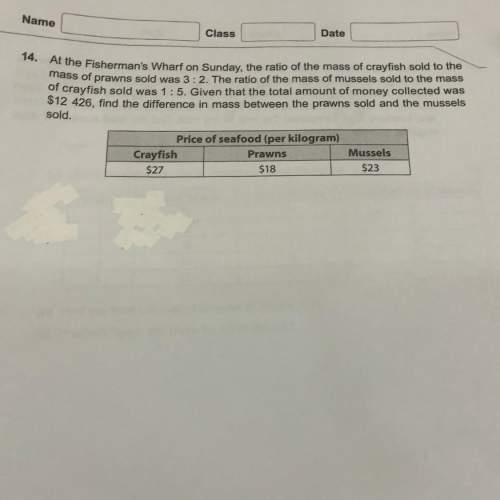
Mathematics, 12.02.2021 07:10 kkmcfly
Which correctly explains the number of solutions of the following system of linear equations? -3x + 3y = 12 y = x + 4
A. The Graphs of the equations are parallel lines because they have the same slope but different y-intercepts. The system has no solution
B. The graphs of the equations are lines that intersect at one point because the equations have the same slope but different y-intercepts. The system has exactly one solution
C. The graphs of the equations are lines that intersect at one point because the equations have the same slope and same y-intercept. The system has exactly one solution.
D. The graphs of the equations are the same line because the equations have the same slope and same y-intercept. The system has exactly Infinitely many solutions.
Please explain how you got the answer because I need to learn it.

Answers: 2


Other questions on the subject: Mathematics

Mathematics, 21.06.2019 12:30, JOEFRESH10
If an x intercept only touches the x axis it means it has a multiplicity of 2. if an intercept goes through the axis it has a multiplicity of 1 true false
Answers: 1

Mathematics, 21.06.2019 16:30, inucornspineapple
Arandom sample of 150 high school students were asked whether they have a job. the results are shown in the table. have a job do not have a job male 48 35 female 41 26 select a ord or phrase from the drop-down menus to correctly complete the statements describing the association.
Answers: 1

Mathematics, 21.06.2019 18:30, rocksquad9125
Ricky takes out a $31,800 student loan to pay his expenses while he is in college. after graduation, he will begin making payments of $190.66 per month for the next 30 years to pay off the loan. how much more will ricky end up paying for the loan than the original value of $31,800? ricky will end up paying $ more than he borrowed to pay off the loan.
Answers: 1
You know the right answer?
Which correctly explains the number of solutions of the following system of linear equations? -3x +...
Questions in other subjects:

Chemistry, 06.05.2020 21:57

Physics, 06.05.2020 21:57

History, 06.05.2020 21:57





Mathematics, 06.05.2020 21:57


Mathematics, 06.05.2020 21:57




